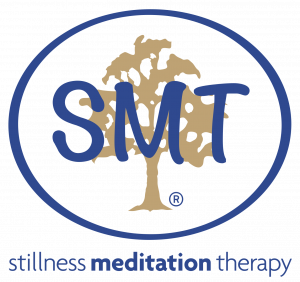A Year’s Reflection
December, we know, is a busy month as we find ourselves perhaps prematurely propelled into Christmas and the New Year. For me, December is also a reminder to reflect upon the year’s work – life in general and especially at this Centre.
I use the word ‘work’ when perhaps, for the latter our engagement with the wonderful clients we meet is closer to gentle play – or reverent communication. It’s an endeavour that for several decades I have truly loved to participate in – and I believe that truly expresses the sentiments of my wonderful assistants and associates. And so my thoughts turn to the ‘why’ of our work. And from a personal perspective, why indeed have I shown up week after week to meet with and hold in ‘stillness’, so many people over such a long period of time?
The ‘why’ I believe, is because this ‘work’ is a gift to give to others who, as any of us are destined to experience, find themselves in times of emotional pain. Within this work comes the visibility of human need and the privilege to assist as we each grow through all the hopes and obstacles, successes and disappointments, losses and gains and times of sorrow – the major and minor challenges that every year presents. These highs and lows are the stuff of life from which no one is exempt – and which very often we cannot truly understand. And yet this work, the work of stillness of mind, can somehow pacify these events and bring healing and strength. My mentor, the psychiatrist Ainslie Meares says this:
What can I understand?
Events have their consequences.
Cause and effect.
Basis of all understanding.
Perhaps.
And may we say, perhaps not.
Who mended a heart ache.
By knowing the cause?
It comes in the calm and the stillness.
To know beyond words.
And we know no pain.
Yes, understanding can come in special ways. And very often in ways so subtle that it’s easy to recognise that the use of words may frequently just get in the way.
And so my thoughts travel further to recall some of the reasons people come to participate in our work … reasons that each and every one of us can readily identify with:
- The cancer diagnosis
- Trauma following financial collapse
- The death of a life partner
- A retiree at a loss to know how to find fulfilment
- An unexpected broken marriage
- A compelling fear of flying that prevents family connection
- The personal outcome of a dysfunctional family
- A breakdown due to post traumatic stress
- Certain challenges in tending to a chronically ill child
- The diagnosis of a rare disease
- The mid-life crisis
- A separation due to his partner’s dementia
- Grief and anger surrounding the unfaithful husband
- Exam time for the twenty year old
- School bullying for the teenager
- Social anxiety inhibiting life achievement
- Unjustified accusation of wrongdoing
- Work related stress
- Trauma and injury following a road accident
- Countless negative outcomes due to low self esteem
- Chronic depression and suicidal thoughts
- Emotional pain from early life abuse
… and so the list goes on … human life in need of consolation … or simply in need of managing things differently and perhaps becoming more complete people in the process. And we’re all in this together!
Last month I wrote of the precious gift of freedom reminding myself and others that:
“Life challenges exist and enter our way in many varieties even within the cushioning of our usually comfortable existence. And the major reaction to such challenges is that ultra modern disease – stress – meaning worry, lost energy, mental burnout, confusion, rampant, life limiting anxiety and shades of depression. So stress and the anxiety it brings, needs to be managed to gain a sense of personal freedom”.
So let’s pause for a moment and be thankful for this year, 2018, with all its ups and downs. Let’s look to the busyness of December and the coming New Year with a sense of joyful celebration and hopeful expectation. Let’s value whichever way we have established within our life to best support whatever comes our way. And let’s never forget to engage in the pursuit of peace – within ourselves and far beyond.
We look forward to reconnecting with you next year and send warmest wishes and Season’s Greetings from us all at the Stillness Meditation Therapy Centre.
Pauline McKinnon (c)
Melbourne, December 2018











